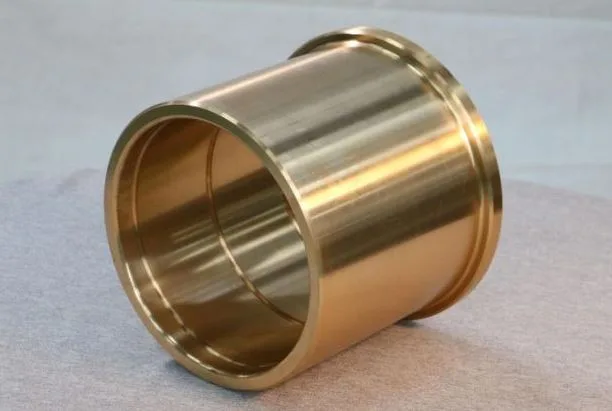How to Clean Brass: Techniques and Tips
Brass is a popular alloy made of copper and zinc, known for its gold-like appearance and durability. Over time, brass can tarnish due to oxidation, requiring proper cleaning to restore its shine. Whether you’re dealing with brass hardware, decorative items, or CNC-machined parts from CNC Savannah, knowing how to clean brass effectively is essential.
In this comprehensive guide, we’ll cover:
l Does a magnet stick to brass? (Understanding brass properties)
l How to clean brass using different methods
l How to clean brass with vinegar (A natural cleaning solution)
l Tips for cleaning brass hardware
l Best practices for maintaining brass long-term
Does a Magnet Stick to Brass? Understanding Brass Properties
Before cleaning brass, it’s helpful to confirm whether your item is genuine brass. A simple test is using a magnet. Brass is non-ferrous, meaning it contains no iron, so a magnet will not stick to real brass. If a magnet does stick, the item may be brass-plated steel or another metal alloy.
This distinction is crucial when cleaning because some methods (like vinegar) may damage brass-plated items. Always verify the material before proceeding.
How to Clean Brass: Effective Methods
Brass tarnishes due to exposure to air, moisture, and oils from handling. Here are the best ways to clean brass safely.
1. Cleaning Brass with Soap and Water
For light dirt and grime:
- Mix warm water with mild dish soapin a bowl.
- Dip a soft clothinto the solution and gently scrub the brass.
- Rinse with clean waterand dry immediately to prevent water spots.
This method is safe for most brass items, including CNC Savannah-machined brass components, as it avoids harsh abrasives.
2. How to Clean Brass with Vinegar (Natural Cleaning Solution)
Vinegar’s acidity helps dissolve tarnish. Here’s how to clean brass with vinegar:
Method 1: Vinegar and Salt Paste
l Mix equal parts white vinegar and salt to form a paste.
l Apply with a soft cloth, rub gently, then rinse and dry.
Method 2: Vinegar, Salt, and Flour (For Heavy Tarnish)
l Combine 1 cup vinegar, 1 tbsp salt, and ½ cup flour into a paste.
l Spread on brass, let sit for 10-20 minutes, then rinse and buff dry.
Caution: Do not leave vinegar on brass too long, as excessive exposure can damage the surface.
3. Lemon and Baking Soda for Stubborn Tarnish
l Cut a lemon in half, dip in baking soda, and scrub the brass.
l The citric acid and mild abrasion work well for tough oxidation.
4. Commercial Brass Cleaners
For heavily tarnished brass, specialized brass cleaners (like Brasso) provide a polished finish. Follow the product instructions carefully.
How to Clean Brass Hardware
Brass hardware (doorknobs, hinges, cabinet pulls) often accumulates grime. Here’s how to clean it effectively:
- Remove hardwareif possible for thorough cleaning.
- Soak in warm, soapy waterfor 10 minutes to loosen dirt.
- Use an old toothbrushto scrub intricate details.
- For tarnished hardware, apply vinegar or lemon juice, then rinse and dry.
- Polish with a microfiber clothto restore shine.
For CNC Savannah-produced brass parts, avoid abrasive tools that could scratch precision surfaces.
Maintaining Brass to Prevent Future Tarnish
After cleaning, protect brass from rapid re-tarnishing:
l Apply a thin layer of mineral oil or beeswax to create a barrier against moisture.
l Store brass items in a dry place with low humidity.
l Avoid harsh chemicals that can strip brass’s natural patina.
Knowing how to clean brass properly ensures your brass items—whether decorative pieces, CNC Savannah-machined components, or brass hardware—remain in top condition. Simple methods like cleaning brass with vinegar, soap and water, or commercial cleaners can restore shine effectively.
Always test cleaning solutions on a small area first, especially if unsure whether the item is solid brass or brass-plated. With regular maintenance, your brass will stay lustrous for years.
Need professional brass machining or finishing? Companies like CNC Savannah offer precision brass components that may require specialized care—always follow manufacturer recommendations for best results.
Would you like recommendations for protecting antique brass? Let us know in the comments!







